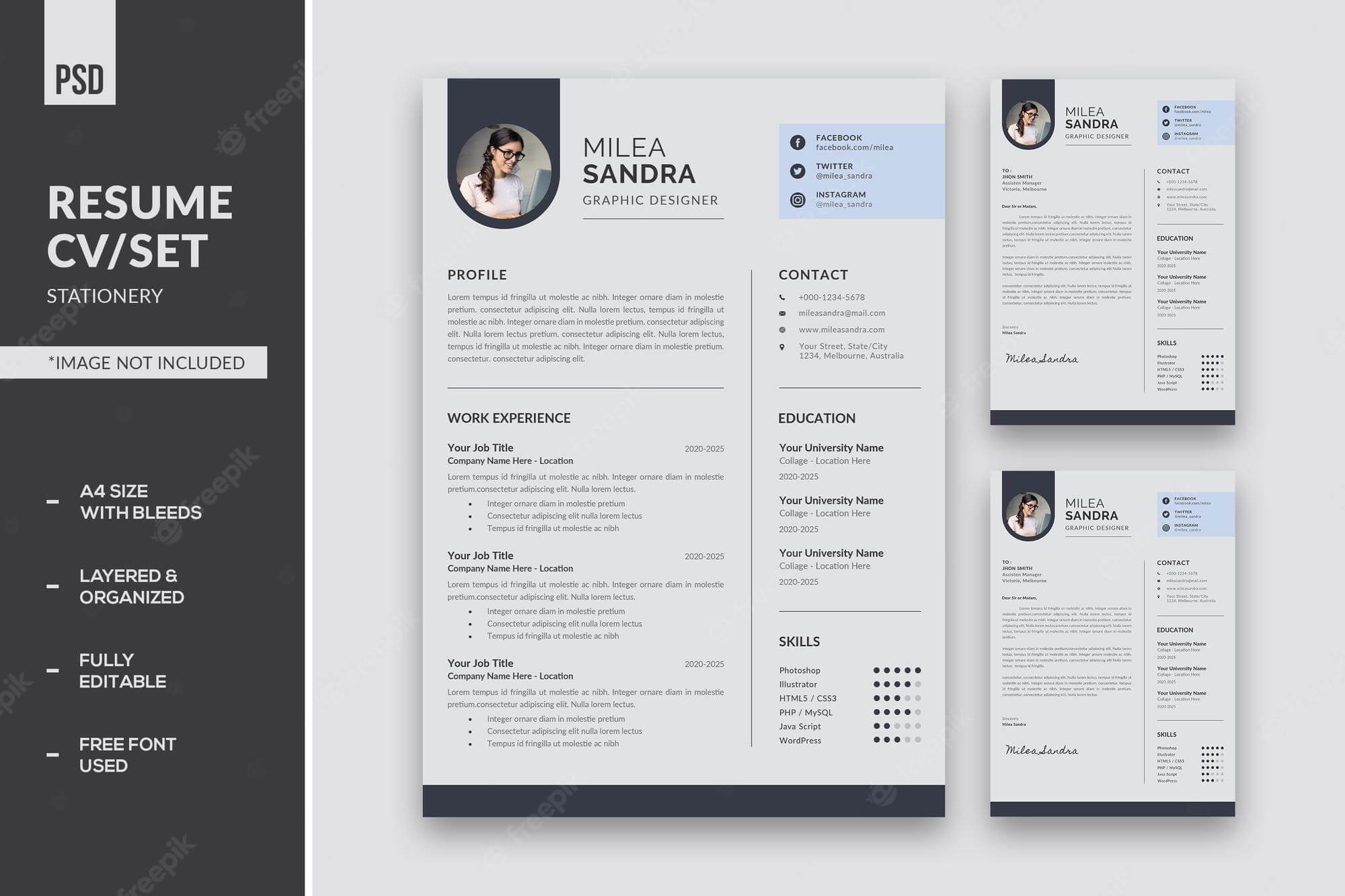With the stress given to resumes, people can now find an unlimited number of resume formats and templates online. This, while created with the intent to help people out, can now, in fact, confuse them. In addition, the sheer abundance of options makes selecting the ideal format a tedious job for everyone.
Even though there are multitudes of options, a few basic ones can be used for any career path. These resume formats have been tried and tested extensively before assessing their suitability for various career paths or their effectiveness for a particular job.
Through extensive research, it has been found that these formats apply to a wide variety of jobs.
How to select the best resume format
When selecting the ideal resume format, there are a lot of parameters to check out. These parameters would be related closely to your field of job, your personal experiences, and information that needs to be put in the resume.
It can also depend upon any specific job requirements from the employer that needs to be present in the resume. In rare instances, employers can also mention some points like font, font size, etc., to be followed in the candidate’s resume.
When determining which resume format is most suited for you, consider the following factors:
Career Path: Every career path has some differences in terms of requirements for candidates. As such, there are also some differences in terms of what employers want to see on the candidate’s resume. Different professions can have different resume format requirements; as such, it is essential to search for one which pertains to your particular profession. For example, some professions require candidates to provide a portfolio of their work. This portfolio is often needed to be a part of the resume.
Where and how a candidate can most effectively place the portfolio needs to be considered when selecting a resume format.
Information to be included: How much information you need to fit into the resume is also an important consideration when picking out a resume format and template. Depending upon how high a position you are applying for, you would have more or less relevant information. The higher the job position is, the more your experience would probably be. As such, you would need a format that allows you to enter more information and is more space efficient. It is essential to remember that the resume cannot be over one or a maximum of two pages long.
Top Resume Formats
Among the myriad of choices out there, there are very few formats that are actually effective and approved. These include:
Format 1:
Name
Job Role/ Designation
Personal Information
Resume Objective
Experience/ Employment History: In this section, you can write all your experiences or employment history. It is advisable to mention relevant experiences only. Bullet point any key projects and leadership roles
Education: Write about your educational qualification from latest to oldest.
Skills: In this section, write about your hard skills (job-related or industry-related skills) and soft skills, e.g., communication skills, team player, etc.
Format 2:
NAME :
Job Role/ Designation
Resume Objective: A few lines of briefing about relevant experience pertinent to the job
Employment History Personal Information
Current Job: Bullet description and key projects Email
Address
Contact number
Previous Job: Bullet Description and key projects
Name of School
Educational history: Latest to oldest educational institutions, degree, duration
Skills: Hard Skills, Soft Skills
Extra Activities: Include any active extra activities or hobbies you indulge in.
Format 3
Name
Profile Objective
Personal Information
General Skills in tabs: (preferably in tabs instead of commas to ensure distinction. Use bullets but make use of horizontal space.
Fields of Strength: In this section, you can identify the key skills posted in the job description, and mention relevant skills and strengths that you have. Elaborate a little about each area of strength in bullet points.
Personal Achievement: Include any and all milestones, awards, or significant achievements in this section
Education: All educational qualifications from latest to oldest.
Interests: This section can be included if you have space available. You can include bullets horizontally or vertically or even tabs.
While the first two formats are applicable to everyone, the last format can be utilized by people who do not have detailed employment experience. But if you choose the last format, you must be very careful about how you design and draft your resume.












